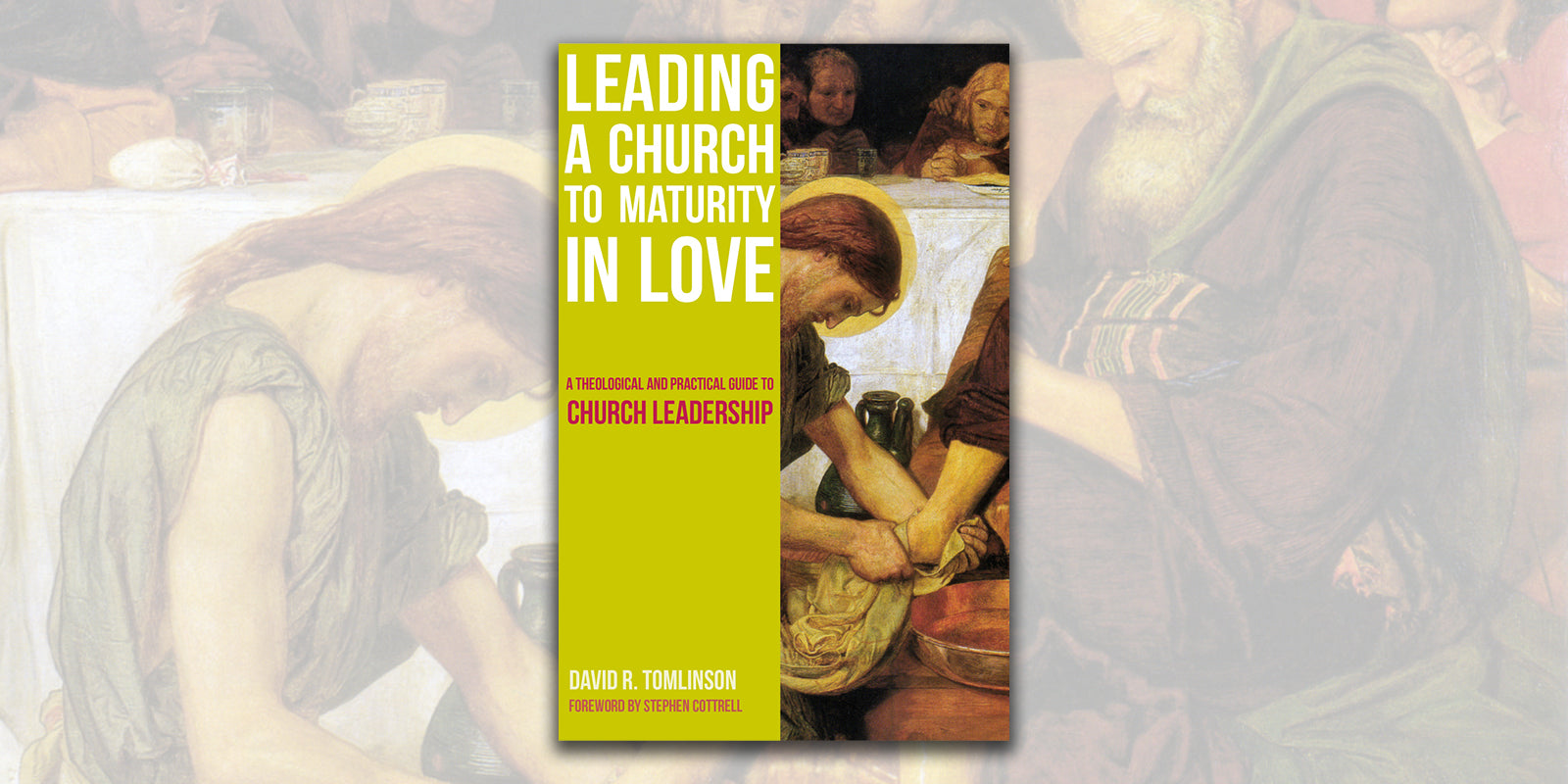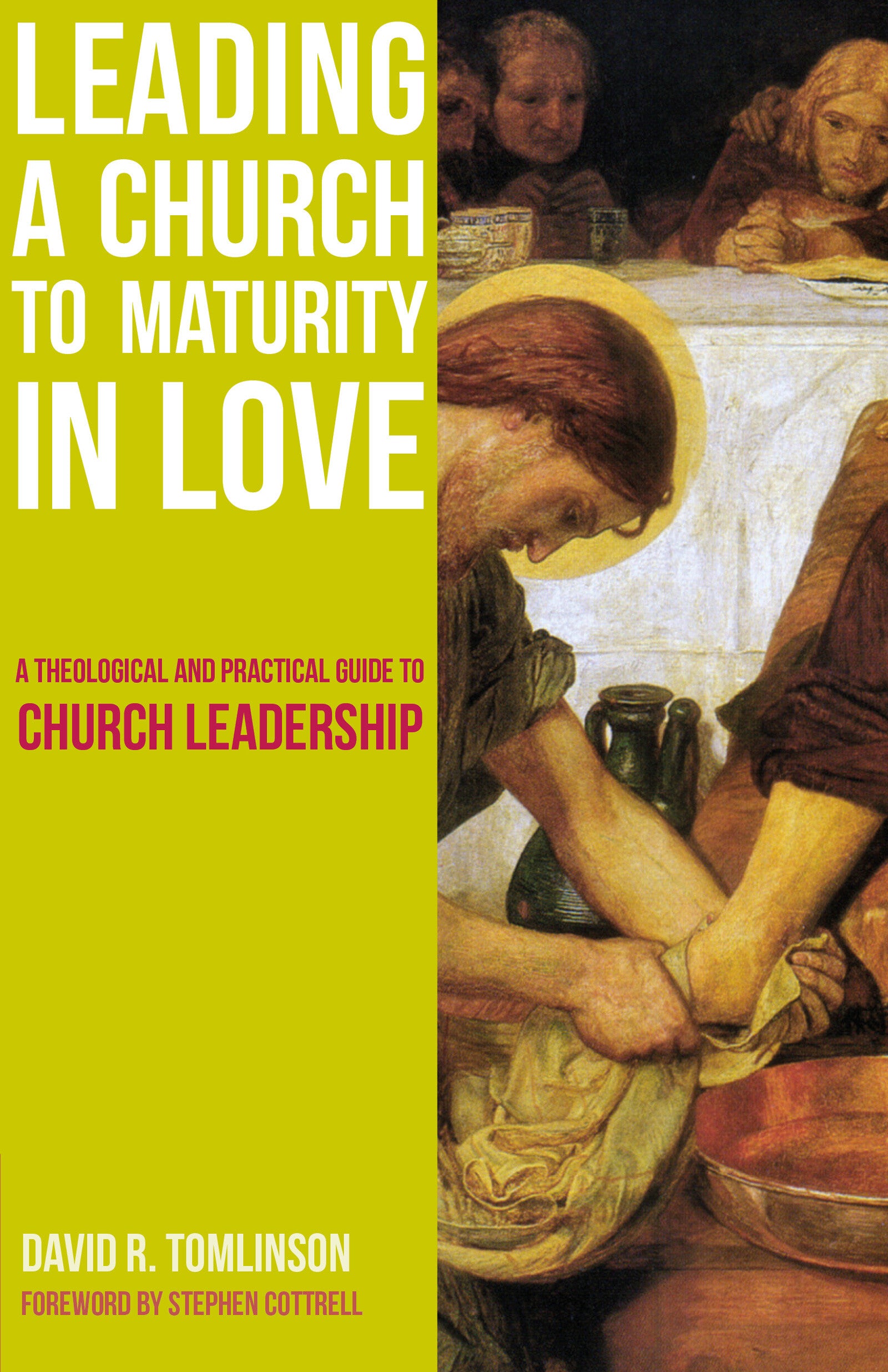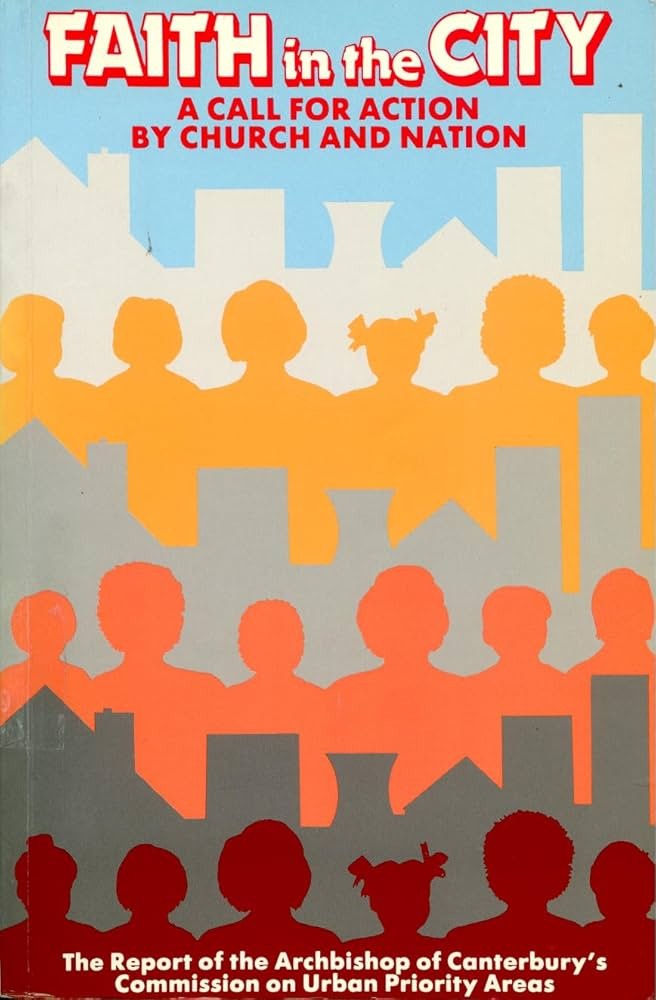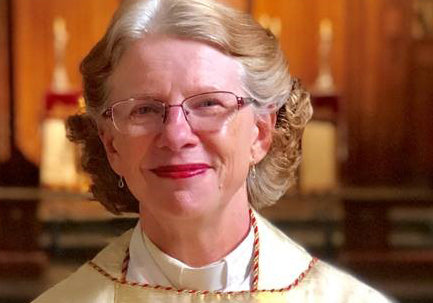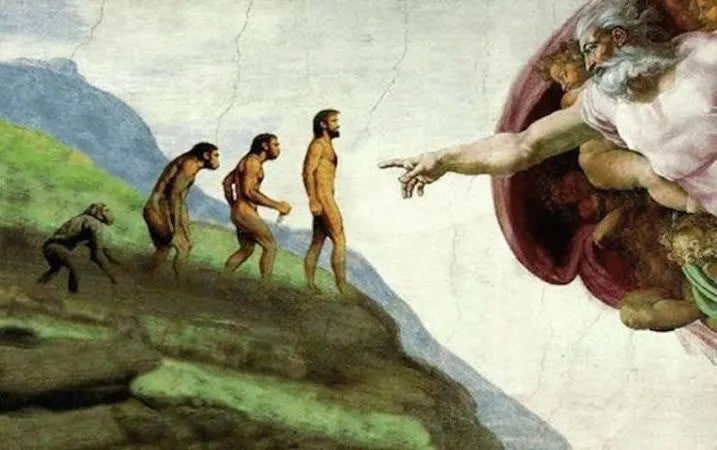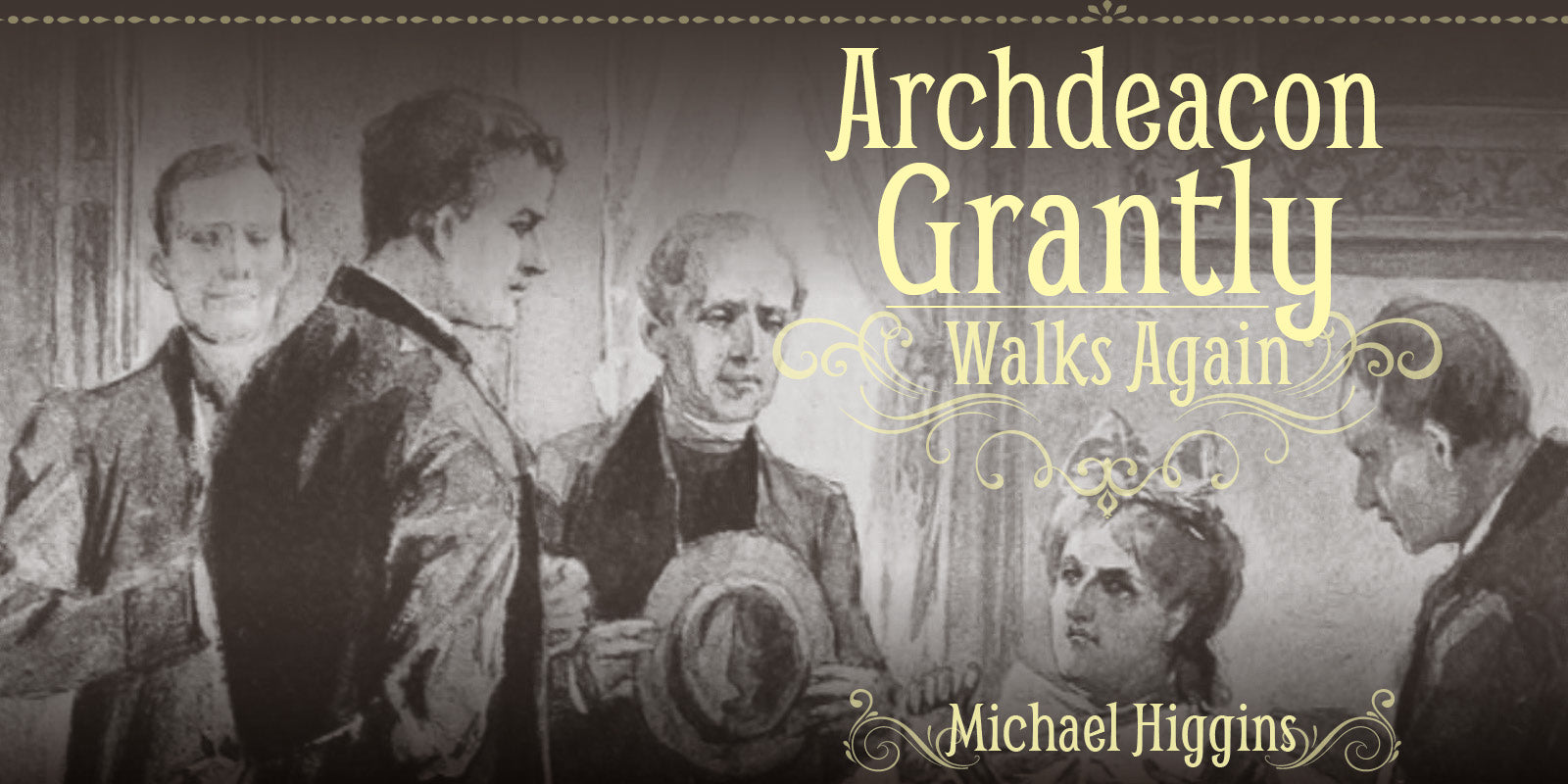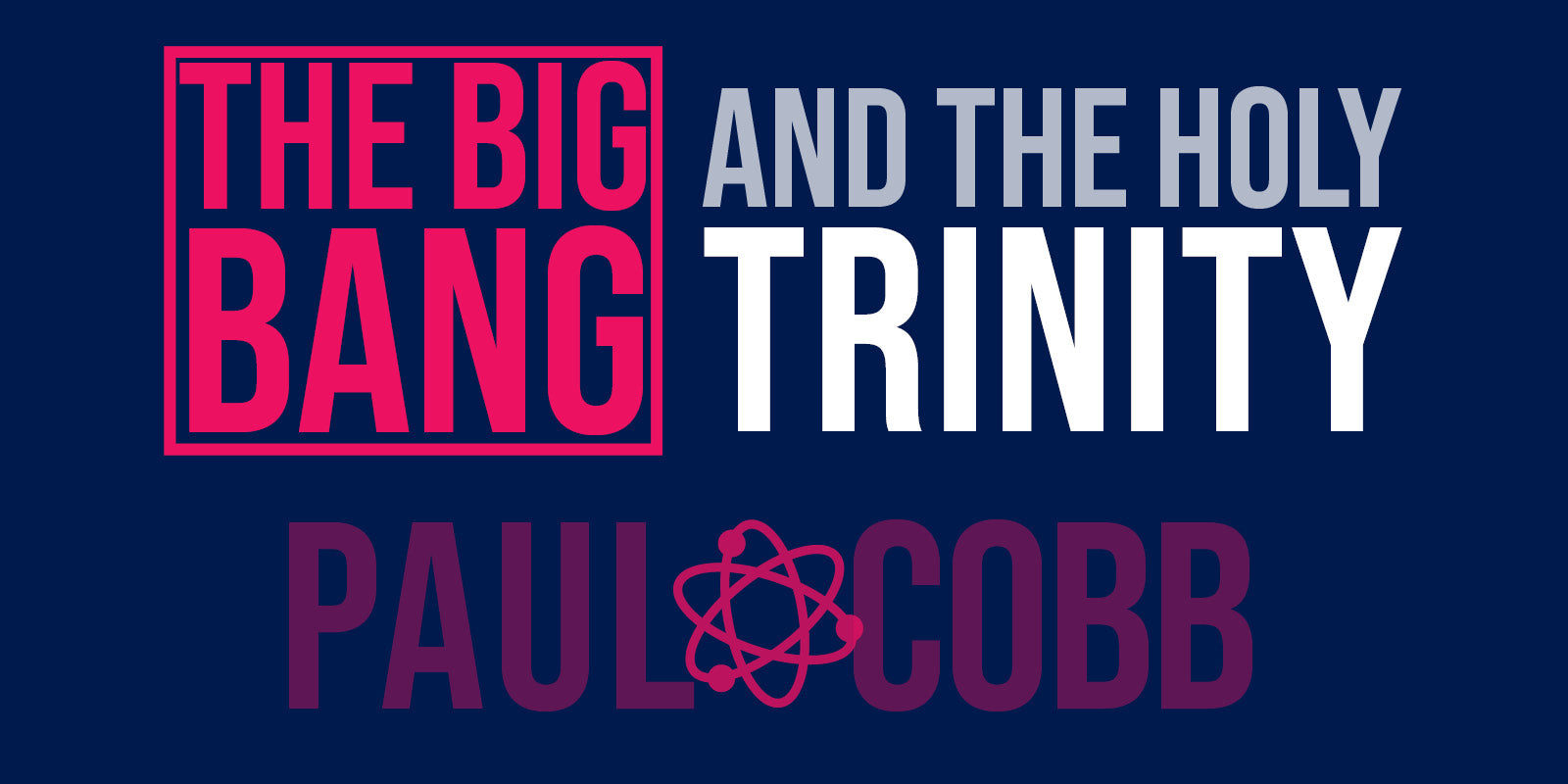 GUEST BLOG: David R. Tomlinson, author of Leading a Church to Maturity in Love, uses the topic of Brexit to explore the issue of tribalism within the Church.
GUEST BLOG: David R. Tomlinson, author of Leading a Church to Maturity in Love, uses the topic of Brexit to explore the issue of tribalism within the Church.
Heading out for my church’s Men’s Christmas Supper, I had decided not to raise the hot topic of Brexit. Memories of the last discussion were still fresh in my mind, and I didn’t want to run the risk of an evening of good food and bonhomie being marred by testy argument.
After a satisfying meal and pleasurable chitchat about our respective plans for the Christmas season, I was surprised to overhear those on the neighbouring table speculating about whether those on mine were either ‘leave’ or ‘remain’.
They were keen to engage with me, and thankfully our subsequent conversation was marked by more listening and thoughtful engagement than previously. Yet, I remained disturbed by how the way one voted in the 2016 referendum had become such a common marker of identity, defining to which of two tribes you belonged.
The Queen highlighted the invasive impact of tribalism in her Christmas address: “Human beings have a huge propensity for good and yet a capacity for evil. Even the power of faith, which frequently inspires great generosity and self-sacrifice, can fall victim to tribalism.”
The Church can mirror the tribalism that features in wider society, by splitting along political, social, racial or other lines. Or the Church can divide on internal differences, around baptism practice, attitudes to human sexuality or women’s ministry, for example. Either way, undermining the unity of the Church by displacing our primary allegiance to Jesus Christ which binds us together with some other loyalty vitiates the Church’s mission.
On our evening out, our argy-bargy was a brief flurry and did not detract from our friendship borne of our shared commitment to Jesus Christ, but we needed to be on our guard. Too easily, impassioned argument can lead to disrespect for those holding a contrary opinion and a self-righteous conviction about one’s own position, markers of tribalism.
Now while there are substantive points to be made on both sides of the debate about our relationship with the EU, some of the conflict has been generated by the process. The political tool of a referendum is best used when the terms are tightly defined. Insofar as what it meant to ‘leave’ was left indeterminate in the terms of the referendum, confusion was going to result. Both during the campaigning and subsequently, there have been multiple attempts to describe what it means to be no longer a member of the European Union but still in a relationship with it. I suggest that we could have learned from the Irish who have used the plebiscite advisedly over the last twenty years.
The motion put to a public vote in Ireland in May 2018 was clear and straightforward. A ‘yes’ vote would lead to an amendment to the constitution of the Republic of Ireland permitting the Irish parliament to legislate on abortion. The constitution had previously prohibited abortion unless there was a serious risk to the life of the mother. This carefully crafted proposal meant the campaigns on each side of the argument were focused and informed.
By contrast, the lack of clarity about what it would mean to ‘leave’, resulted in a range of scenarios being presented in the lead-up to Voting Day, and has left the nation floundering as we negotiated externally and debated internally what our future relationship with the EU will be.
In order to cope with the complexity of international politics, we have had a variety of slogans designed to simplify the issues. The ‘leave’ campaign had two of the most memorable: ‘take back control’ and ‘we can have our cake, and eat’, the latter reversing the usual maxim. These catchphrases reflect models of reality, interpretative analogies that inform our decision-making. One model of the EU that is sometimes espoused is that the goal of the European project is a political union like the United States of America. How much this reflects reality needs, of course, to be teased out. I was told by a friend who voted ‘leave’ that he had decided it was time to ‘leave the club’. As it was only a swift exchange, I didn’t get a chance to explore with him what kind of ‘club’ he had in mind or how informative this comparison was.
These mental models—sometimes unexamined—do shape our thinking and influence how we respond. One illustrative picture used by those lobbying for a ‘People’s Vote’, a referendum on the final deal, is based on the idea of moving house. The vote in 2016 is seen as a decision to leave our current home, let’s say a three-bedroom semi-detached house. The deal negotiated by the Prime Minister is likened to a one-bedroom flat and ‘no deal’ to a hovel in the wood. The conclusion is that it makes sense to think again before exchange contracts and moving out. In addition to this comparison, those contending for a People’s Vote cite the Irish example. In the cold bite of an economic crisis, the Irish voted by a substantial majority to reverse their decision of 2008 and remain in the European Union.
Wary of tribalism and noting the Queen’s warning that even people of faith can fall under its sway, I would contend that Christians need to be committed to clear processes that avoid unnecessary conflict and to seeking how best to represent the truth in how we conceive and communicate the reality we face. Then the Church can play its part in leading our nation beyond the current political impasse. After all, as Jesus said, it is the truth that will set us free (John 8: 32).
David R. Tomlinson has been Area Dean of Saffron Walden and Team Rector of the Saffron Walden and Villages Team Ministry in North West Essex within the Diocese of Chelmsford since 2008. In over 25 years of ordained ministry he has led four major building projects and extensive change management. As both invariably generate tensions, he has a particular interest in how to lead a church though conflict and how to resolve disagreements.
David's new book Leading a Church to Maturity in Love: A Theological and Practical Guide to Church Leadership is out now. In this book, David shows how through critical theological reflection and modelling good practice church leaders can facilitate church life that is grounded in and transformed by the love of God.
